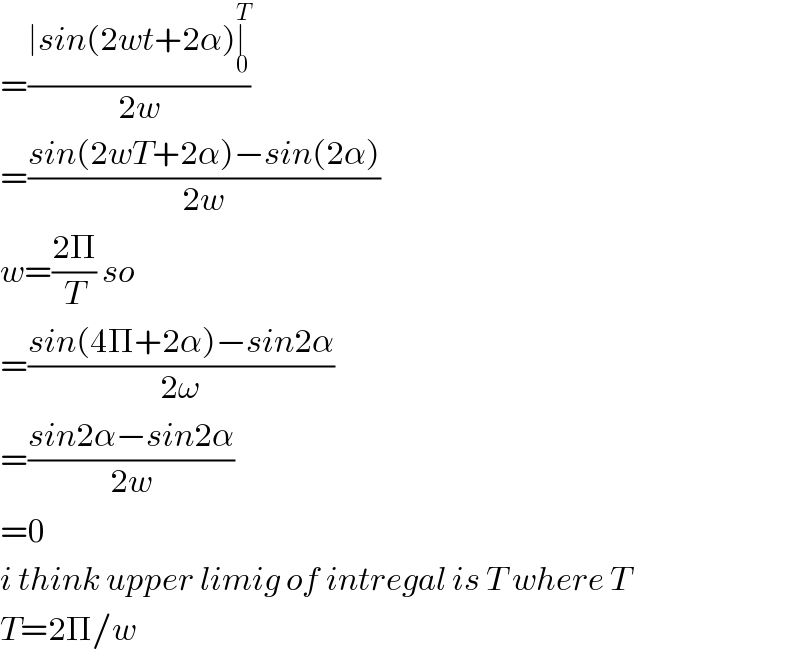
Question and Answers Forum
Previous in Oscillation and Waves Next in Oscillation and Waves
Question Number 34382 by rashedul last updated on 05/May/18

Answered by tanmay.chaudhury50@gmail.com last updated on 05/May/18

| ||
Question and Answers Forum | ||
Previous in Oscillation and Waves Next in Oscillation and Waves | ||
Question Number 34382 by rashedul last updated on 05/May/18 | ||
 | ||
Answered by tanmay.chaudhury50@gmail.com last updated on 05/May/18 | ||
 | ||
| ||